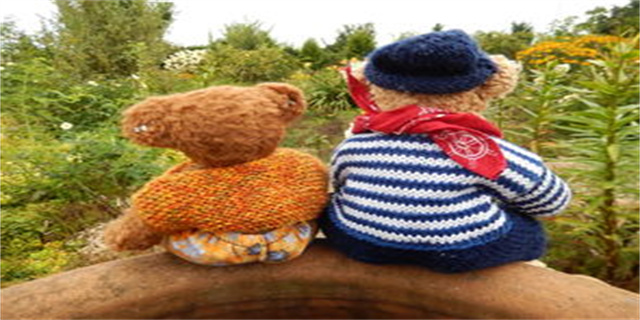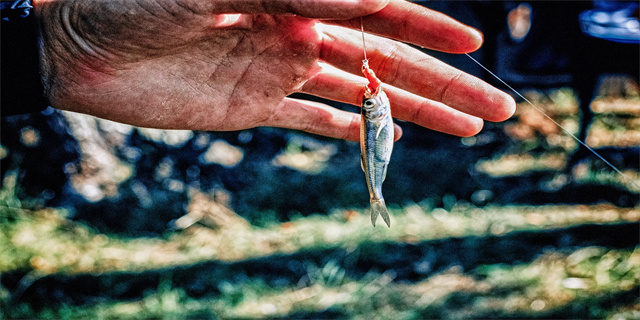好家伙豆瓣评分太低(看好家伙,千万别被豆瓣评分吓倒)
518 2024-03-19
When one thinks about the beauty of nature, the first thing that comes to mind may be the way birds soar through the skies. Birds have fascinated humans for centuries with their ability to fly. How do they do it? In this article, we will explore the mechanics of bird flight and the adaptations that allow them to take to the air.
Birds achieve flight through a combination of lift, thrust, and drag. They have a lightweight and aerodynamically designed body, with hollow bones and feathers, to reduce weight and increase surface area. Their wings are designed to generate lift, with the shape of the wing and angle of attack playing a crucial role. When the bird flaps its wings, it generates thrust to propel itself forward. And finally, drag is minimized by the bird's streamlined body shape and the use of feathers to control airflow.
The muscles of a bird's wings are also highly specialized. They are larger and more efficient than those of other animals, allowing for the swift and powerful movements required for flight. Additionally, birds have a unique respiratory system that allows them to extract more oxygen from the air, providing the energy needed for flight.

One of the most important adaptations for flight is the development of a lightweight skeleton. Birds have evolved hollow bones with a criss-crossing pattern for strength, allowing for maximum strength with minimum weight. Additionally, birds have lost many of the heavy, unnecessary bones found in other animals, such as the tailbone and some of the vertebrae. This saves weight, making flight easier and more efficient.
Another important adaptation is the development of feathers. Feathers are highly specialized structures that provide both lift and insulation. They are also used for display, courtship, and communication between individuals. Birds have a unique way of preening and taking care of their feathers, which is essential to their ability to fly and stay warm.

There are a few different types of bird flight, each with their own unique adaptations. Flapping flight is the most common and well-known type. Birds flap their wings to generate lift, thrust, and maneuverability. Soaring flight, on the other hand, relies on upward currents of air to provide lift, allowing birds to glide for long distances with minimal effort.

Hopping flight is used by birds such as sparrows and finches, who spend most of their time on the ground and only fly short distances. These birds use quick bursts of flapping flight to take off and land, but mostly rely on hopping to move around. Finally, hovering flight is used by birds such as hummingbirds, who are able to remain stationary in mid-air by flapping their wings rapidly and moving them in a figure-eight pattern.
Birds are truly incredible animals, with the ability to achieve something that humans have only dreamed of for centuries - flight. Their adaptations and mechanics are truly amazing, and studying them can provide insight into the workings of nature as a whole.
| 留言与评论 (共有 条评论) |
